A decade as an American living in Italy has turned me into a go-to source for friends planning trips to Europe. One of the things people ask most often is whether it’s worth visiting the most popular Europe tourist attractions or if they’re too overhyped to live up to their reputations. The truth is that while some simply aren’t worth the hassle, many Europe tourist attractions are, especially if you visit strategically.
It’s all about timing
Crowds, lines and heat are, in my book, enjoyment killers. But timing a visit to the top Europe tourist attractions for early or late in the day can address all three challenges in one fell swoop. The light is always more spectacular in early morning and at dusk and scheduling a visit during these windows not only maximizes beauty but minimizes crowds.
Time of year matters as much as time of day, too. Whenever possible, plan trips for the spring, early summer or fall shoulder seasons when you’ll enjoy nice weather with a fraction of the crowds.
Most European tourist attractions also sell tickets in advance, which often allows you to skip the long ticket lines.
► Travel tips: 14 cheap travel secrets every budget traveler should know
Do your homework on museums
Many museums have extensive virtual tours of their collections (that have been really beefed up due to the pandemic), so doing some advance research to find out what you really want to see has never been easier.
Here are the European tourist attractions I think live up to (and sometimes even surpass) the hype. I’ve also offered tips for making the most of each attraction.
The Eiffel Tower
Paris
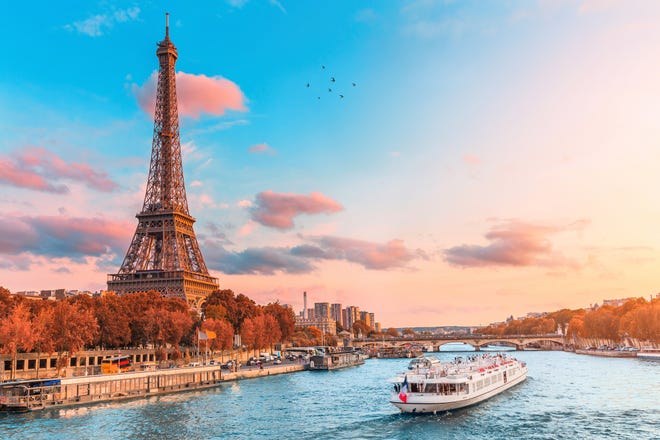
Perhaps the most photographed of all the European tourist attractions, the sheer scale, beauty and architectural muscle of this wrought-iron lattice structure almost defies belief when seen in person.
Built in just over two years by Gustave Eiffel for the 1889 World’s Fair and intended to be a temporary structure, it It was highly controversial when built and many Parisians hated it. Today, it is among the most-visited monuments in the world.
The Eiffel Tower is surrounded by beautiful grassy fields, the Champs des Mars, which are a perfect place for a picnic before or after your visit and an especially good place to watch the stunning light shows on the tower after dark.
► Family time: The best things to do in Paris with kids
There are three levels to the tower, which is set to reopen to the public July 16. On the second, you’ll find the Jules Verne, a Michelin-starred restaurant, perched more than 400 feet above Paris. There is even a champagne bar at the very top.
Tickets can be booked in advance on the official site.
The Louvre
Paris
The Louvre is the largest, most-visited art museum in the world– and home to some of the most famous works on the planet.
If the crowds around the Mona Lisa are too much, wander until you find an empty section. No matter what you discover – from medieval swords to Egyptian pottery to Islamic art – it will be among the rarest and best examples in the world.
► Summer fun: The best summer vacation ideas for families
I always try to take a tour at the Louvre, as I find going deeper on fewer works helps to avoid museum fatigue.
Housed in a wing is Café Marly, a pricey but beautiful place to have lunch or a drink overlooking I.M. Pei’s stunning glass pyramid entrance to the museum. You will also spot it in many films and shows like “Call My Agent.” And it’s fun to imagine the vivid sequence of events that take place in Dan Brown’s “The Da Vinci Code” as you wander the Louvre on your visit.
Booking ahead is essential and can be easily be done on the museum’s official site.
Mont-Saint-Michel
Normandy, France
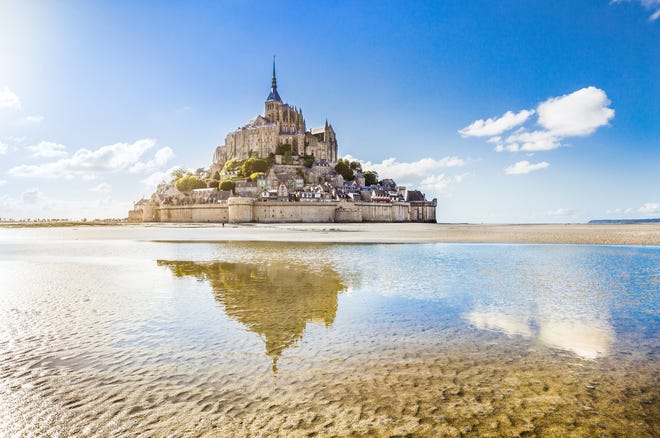
Mont-Saint-Michel is a tiny but magical tidal island just off the Normandy coast. The fast-rising tides (which can vary by up to 50 feet after full and new moons), combined with the surrounding quicksand, made the island, which also served as a prison following the Reformation and French Revolution, very defensible and dangerous to reach by foot. Today, it’s a lot easier to reach via a causeway.
► Day trip necessities: The best kids travel backpacks (that are also great for school)
Reading Anthony Doerr’s “All the Light We Cannot See,” largely set in nearby Saint-Malo, which is also a great town to stay in if you want to make Mont Saint-Michel a day trip, gives a sense of this area during World War II, before it was considered one of the top Europe tourist attractions.
The Leaning Tower of Pisa
Pisa, Italy
The first time I saw the Leaning Tower of Pisa I was surprised by how cute this famous Italian tower is – if you were to make a stuffed toy of a tower, this would be it – despite being a third of the height of the Washington Monument. Started in 1173, it took around 200 years to build and started to lean by the time the first story was completed due to the soft subsoil and inadequate foundations.
► At home: 11 U.S. tourist attractions that live up to the hype
Is it worth the price of admission (about $31) to climb to the top? I’ve never done it, but most visitors I’ve asked say no, as the view from the top is of the flat town of Pisa. Visiting the cathedral and baptistery next to the tower in the beautiful Piazza dei Miracoli (Square of Miracles), might be a greater reward than climbing the tower, as these lesser-known Europe tourist attractions offer some of the best examples of Romanesque architecture in all of Italy.
Tickets can be booked in advance at the tower’s official site.
The Colosseum
Rome
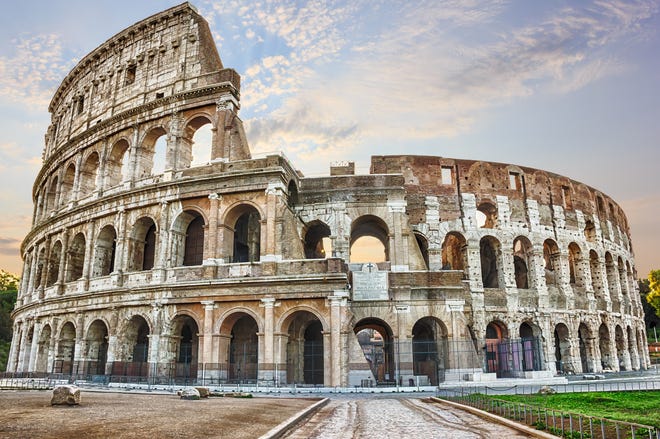
You can’t go to Rome and not see the Colosseum, arguably the world’s mot famous ancient amphitheater.
An underground labyrinth of tunnels, walkways, pulleys and elevators let the Roman stage crew put on events that would challenge hunters with wild animals appearing from unexpected directions, flood the arena with water for mock naval battles, put on elaborate gladiator fights and produce dramas based on Roman mythology. A new retractable floor, due to open in 2023, will showcase the ancient technology while allowing visitors to stand on the floor of the Colosseum for the first time in centuries.
► All aboard: 8 train trips in the world’s most beautiful places
Sometimes visitors planning trips forget that the Colosseum is only part of the much larger “downtown” of ancient Rome. The amphitheater adjoins the Forum and the Palatine Hill and to really get a sense of this center of the Roman Empire, you need to explore all three.
To make the most of a visit, get advance tickets or book a tour for early or late in the day. The stories of this massive structure come alive with the help of a guide and some tours are geared specifically to kids.
Vatican City
Italy

Vatican City, epicenter of the Catholic Church is home to the Pope, St. Peter’s Basilica, the Sistine Chapel and 26 Vatican Museums. It’s also the world’s smallest independent state at a little over 100 acres. It’s a lot to see and that’s why a guided tour is a must.
Not only will booking with a guide bring the surrounding splendor to life, it will also help you easily get into places like the Sistine Chapel. (Michelangelo’s ceiling really must be seen in person.)
► Grab your bathing suit: These are the world’s best all-inclusive beach resorts
In addition to the Sistine Chapel and Raphael Rooms, the Vatican Museums hosts two dozen other museums, ranging from Egyptian and Etruscan collections to a Museum of the Profane.
You must book your museum tickets in advance and choose a half-hour block when you wish to visit. Be on time – if you’re late, you’re out of luck. There is no fee to enter the Basilica, but lines can be very long (which you can skip by booking in advance). Note that there’s a dress code for visiting the interiors. Knees and shoulders must be covered or you will be denied admittance, ticket or not. Face masks are also required.
Venice Canals
Venice, Italy
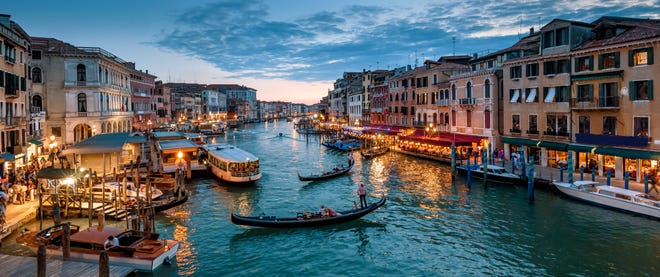
Venice is one of my favorite places on Earth. But to fall in love with this city, you must get away from the tourist freeway of souvenir shops and tourist restaurants that runs from the train station to the Rialto Bridge and San Marco Square. You don’t even have to veer far off the beaten path to find the true beauty of Venice. Mere steps away you’ll find neighborhoods and back streets where there’s incredible beauty everywhere you turn.
My top hint for friends who want to visit Piazza San Marco (St. Mark’s Square): Never go during the day. Its beauty comes alive at night.
► Big trips: 27 unforgettable family vacation ideas for after the pandemic
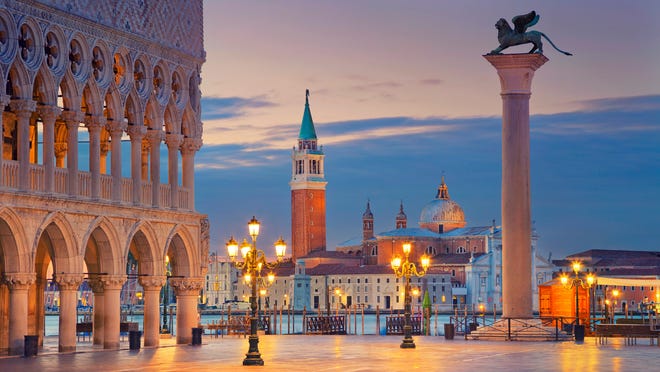
Seeing Venice at water level is a unique experience, so a gondola ride is a must. I highly recommend splurging to go after dark – it’s breathtaking to be on the water as the boat cuts through the silent still water of the back canals, sweeping under illuminated windows above.
Taking a gondola is also a very special experience with kids, who tend to be spellbound by the sights and sounds. And for true adventurers, you can take a lesson to learn to row a traditional Venetian boat.
Gondolas take different routes: some focus on the Grand Canal, others on the tiny back canals and you can ask if you have a preference.
Prices are capped by the local authorities at €80 for a 25 to 30-minute ride during the day and €100 at night. So double check on price before you get in the boat and if you don’t like the first gondolier you talk with, feel free to move on – their personalities do impact your experience (and yes, you can ask them not to sing). If you have had a good trip, a tip of around 10% is always appreciated.
► Explore more: 20 best family vacation spots in the U.S.
Sagrada Familia
Barcelona, Spain
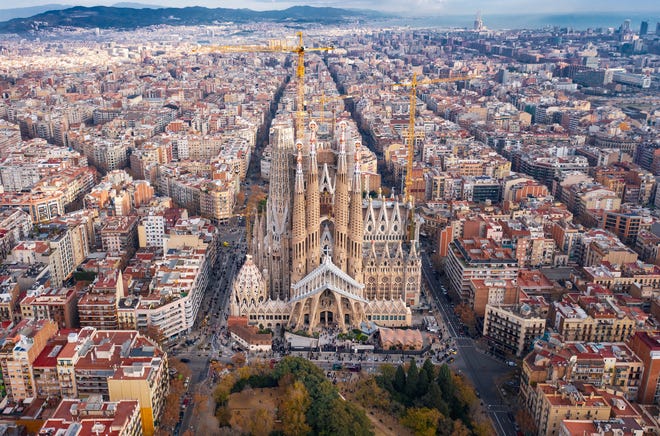
Barcelona is a lively and eclectic city packed with interesting things to explore, admire and eat. But no trip to Barcelona would be complete without seeing architect Antoni Gaudí’s unfinished masterpiece of a basilica, the Sagrada Familia. He transformed Sagrada Familia from a straightforward neo-Gothic church into a masterpiece of his unique architectural vision but died with only 25% of the cathedral completed.
Work on the Sagrada Familia began in 1882, was delayed due to the destruction of Gaudí’s workshop and materials during the Spanish Civil War. Construction was due to be largely finished by 2026, in time for the centennial of his death but that timeline will likely be delayed by the COVID-19 pandemic and more than a year without international tourists. Construction has been privately funded from the start and entrance fees are a major source of money for the project.
There are still six major towers to be completed, including a main spire that will soar above the current ones. When completed, it will be the highest church in the world.
Tickets can be purchased in advance on the basilica’s website. Booking a tour is a good way to avoid what can be very long lines.
►Romantic trips: 10 best vacation spots in North America for couples
► Travel with teens: Best vacation ideas for families with teenagers
Stonehenge
Salisbury, England
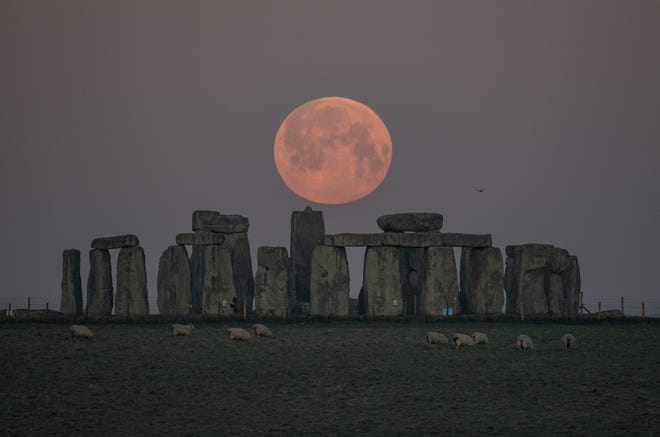
This prehistoric circle of stones on the Salisbury Plain in England is truly one of the must-see Europe tourist attractions. Standing in the middle of the bright green fields looking at this massive creation dating from 3000 B.C. connected me to the past in an unexpected and visceral way.
Stonehenge’s vertical stones measure as high as 30 feet high and weigh up to 25 tons each. And as impressive and mysterious as the iconic circle of stones are, what is most interesting to me is how much is left to be discovered at this site and in the surrounding area.
► Fly happy: Tips for flying with kids
Archeologists have discovered post holes (under the old visitor parking lot used until 2013) that date from 8000 BC. Several exciting projects, including the Stonehenge Hidden Landscape Project, which uses non-invasive geophysical imaging techniques, are turning up important and major discoveries nearly every year. In February 2021, a vast trove of Neolithic and Bronze Age artifacts was uncovered during the start of a now-halted tunnel to divert a nearby road under the complex.
A stunning visitors center was opened in 2013 and is rich with information. Advanced booking is currently mandatory. English Heritage is now offering a VIP experience to visit the site in a small group with no other visitors, access inside the stone circle and an expert to answer questions.
The Acropolis
Athens
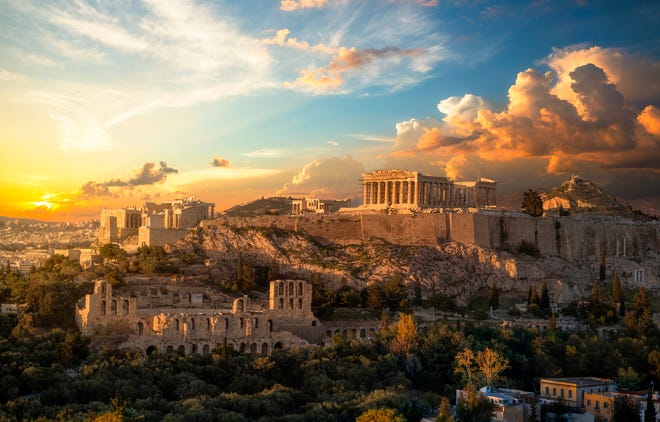
The Acropolis dominates the skyline of Athens just as it has since 1600 B.C. With its prime perch 490 feet above the city center, it’s easy to see why the builders chose this spot as the site for the collection of ancient Greek civic and religious buildings. They include the famous Parthenon, which was hit by a Venetian cannonball in 1687, causing the ruined state of the building we see today.
Over the centuries, the buildings have led many lives: The Parthenon itself has been a temple to the Greek goddess Athena, a Christian church and a mosque.
The UNESCO World Heritage site is recognized as the “greatest architectural and artistic complex bequeathed by Greek Antiquity to the world.”
► Closer to home: 10 dreamy beach resorts in Florida that are perfect for families
Although stunning, the Acropolis can be physically exhausting to visit. To make a visit more comfortable, the best things to do are to bring a hat and lots of water – there is no shade to protect against the scorching summer temperatures and there’s no food or water available once you’re through the ticket booth. Wear shoes with a good grip as the rocks are slippery after centuries of being polished by feet.
Go directly to the top – for now ignoring all the amazing things you’ll pass on your way – and you should be one of the only ones in the Parthenon, an experience that’s well worth the brisk climb.
Beat the crowds by getting to the ticket areas (there are two) with a pre-purchased ticket at least 30 minutes before the site opens so that you can be one of the first through the entrance. (There is also a multi-ticket option that includes the Acropolis plus six other sites for €30 that you can buy at any of the less crowded attractions.)
More from FamilyVacationist:
Credit: Source link




